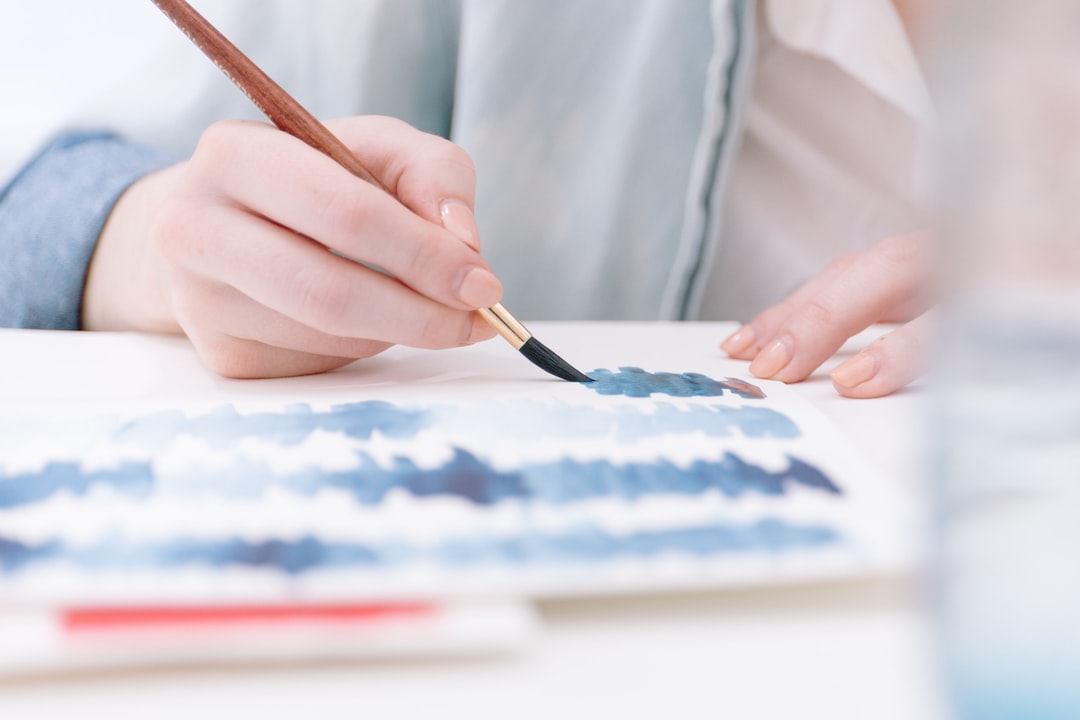Art Therapy: Healing and Self-Expression Through Creativity
Art has always been a powerful form of expression. It has the ability to convey emotions, tell stories, and evoke a sense of beauty. But beyond its aesthetic appeal, art holds the potential to heal and transform, offering a gateway to self-discovery and personal growth. This is where art therapy comes in, harnessing the transformative power of creativity to promote healing and self-expression.
Art therapy is a form of psychotherapy that integrates artistic processes and activities into traditional therapeutic techniques. It provides individuals with a safe space to explore and express themselves through various art forms such as painting, drawing, sculpture, and collage. The aim is not to produce a masterpiece but to use art as a tool for self-exploration and healing.
One of the key benefits of art therapy is its ability to bypass verbal communication. Sometimes, words fail to express what lies deep within our hearts and minds. Art therapy provides an alternative means of communication, allowing individuals to express complex emotions, experiences, and traumas that may be difficult to put into words. Through art, individuals can externalize their internal thoughts and feelings, making them tangible and easier to process.
Art therapy has been shown to be particularly effective in helping individuals who have experienced trauma or have difficulty expressing their emotions. Creating art can serve as a cathartic release, enabling individuals to release and process deep-seated pain, anger, and grief. Through the creative process, individuals can gain a deeper understanding of their experiences and begin to heal from within.
Moreover, art therapy fosters self-discovery and self-awareness. Creating art allows individuals to tap into their unconscious mind and explore their inner world. As they engage in artistic activities, individuals may uncover hidden thoughts, fears, and desires, giving them insights into their true selves. This self-reflection can be empowering, as it enables individuals to embrace their authentic selves and make positive changes in their lives.
The process of making art can also serve as a form of mindfulness practice. Mindfulness involves being fully present in the moment, observing one’s thoughts and feelings without judgment. When individuals engage in art-making, they enter a state of flow, where they become completely absorbed in the creative process. This state of flow provides a respite from daily stressors and allows individuals to focus solely on the act of creating, promoting relaxation and a sense of inner calm.
For some, art therapy can also be a form of self-expression and communication when language barriers exist. This is especially true for children, individuals with developmental disabilities, and those who do not have access to conventional therapy due to cultural or socioeconomic reasons. Art becomes a universal language through which thoughts, emotions, and experiences can be shared and understood, transcending the limitations of words.
In recent years, art therapy has gained recognition within the field of mental health as a legitimate and effective therapeutic approach. It is now incorporated into various treatment settings, including hospitals, schools, and community centers. Art therapists work closely with individuals, tailoring art-making activities to their specific needs and goals. The therapeutic relationship between the art therapist and the client is crucial, as it provides a supportive and nonjudgmental environment where healing and self-expression can flourish.
Art therapy may not be suitable for everyone, and different individuals may respond to different art forms. However, for those who are open to exploring their creativity, it can be a transformative and healing experience. Art therapy offers a unique avenue for self-expression, self-discovery, and personal growth, allowing individuals to tap into their inner resources and find healing through their own creative potential.
In conclusion, art therapy harnesses the power of creativity to promote healing and self-expression. Through various art forms and activities, individuals can communicate, process emotions, and gain new insights into themselves. Whether it serves as a cathartic release, a mindfulness practice, or a form of self-discovery, art therapy offers a safe and supportive space for individuals to express, heal, and transform through the language of art.

